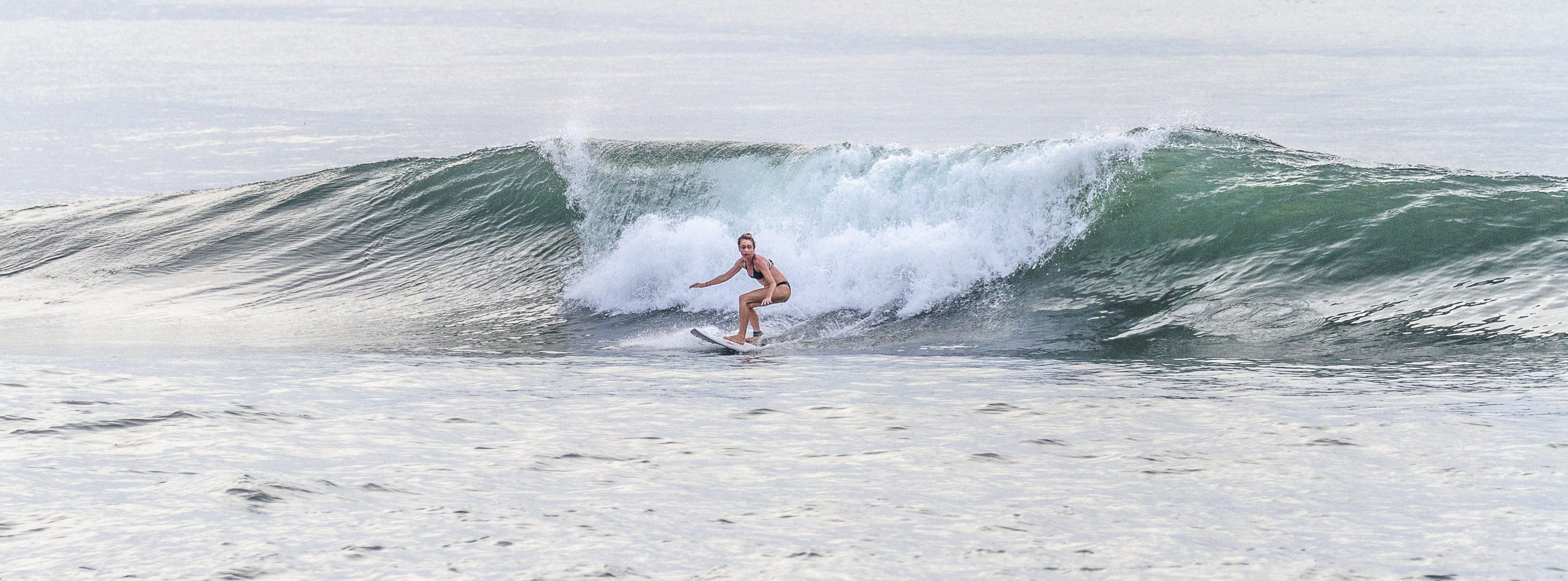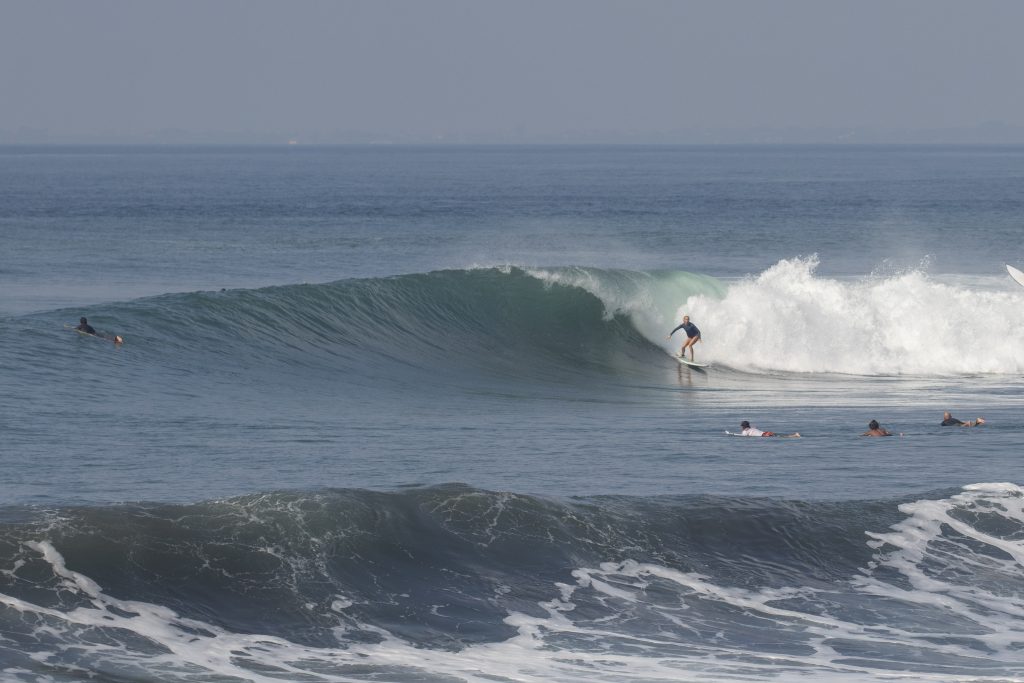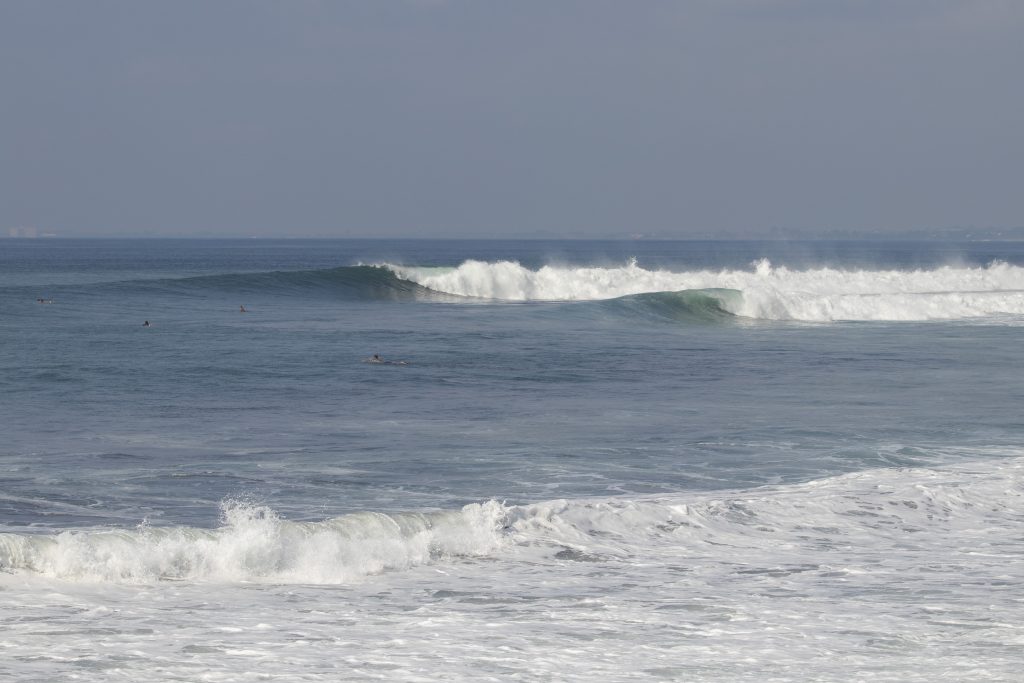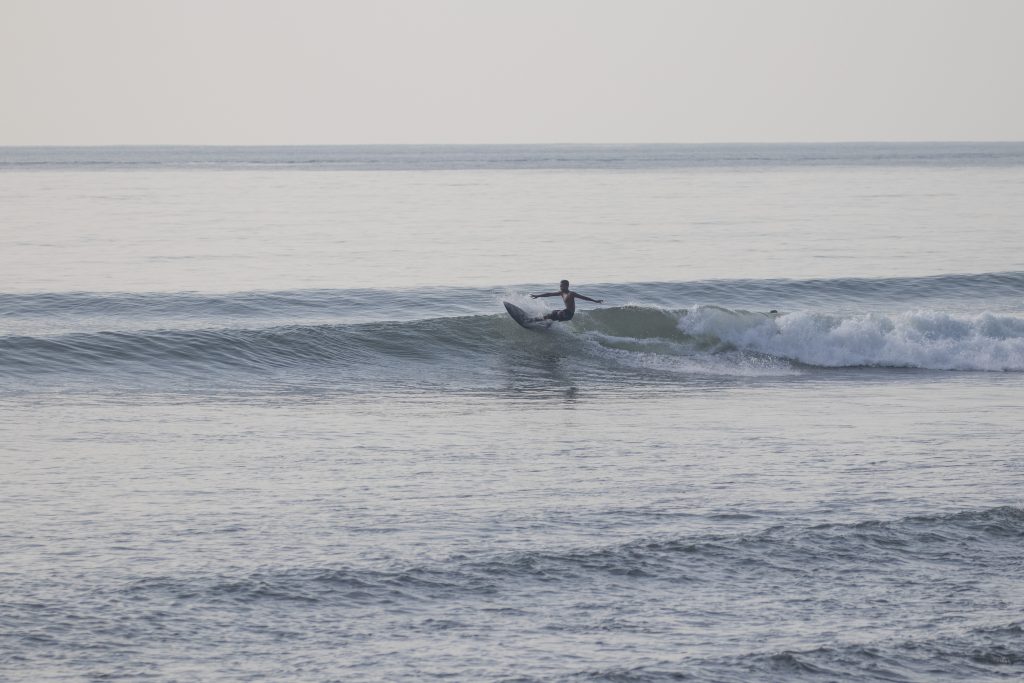
The Complete Guide To Surfing Bali’s East Coast
The eastern coast of Bali, distinct from the more developed west coast and the Bukit region, offers a unique surfing experience with its picturesque landscapes, rice fields, and views of Mt. Agung. Navigating this region demands local knowledge, patience, and effort. The world-class surf, including the renowned Keramas, plus a collection of underrated right point breaks, and excellent reef breaks, makes it more than worthwhile.
As you travel along the Indonesian highway past Sanur, the transition from the white sand beaches to volcanic black sand becomes apparent. Vast rice fields dominate the landscape on the journey eastward towards the revered Mt. Agung. The deep channel between Bali and Lombok directs surf towards the breaks dotting the coastline, creating powerful waves reminiscent of Hawaii’s north shore. Many breaks are still accessed via small paved roads primarily used by farmers, providing glimpses of local life, such as duck farmers guiding their flocks.

Known for its thumping, chocolate-coloured waves breaking over sharp reefs, the surf breaks on the east coast demand careful consideration. Unlike many breaks in Bali, these can be fickle and, under the wrong conditions, treacherous. Armed with accurate information and a spirit of exploration, the east coast beckons.
Contrary to common belief, some east coast breaks are surfable year-round. However, southeast trade winds affect the quality of the surf from May to September, making these breaks surfable only in the mornings. From October to April, favourable wet season winds can persist throughout the day. Wet season winds are generally from the southwest, which is cross offshore or side shore, while the west wind is perfectly offshore for most breaks in the region. The more northerly breaks like Keramas benefit from a cold offshore wind most mornings, enhancing the overall surfing experience. The breaks along this stretch of coastline are excellent reasons why Bali is a great place to visit during the wet season.
Biaung Beach to Kubur beach
The first set of waves you get to beyond Sanur is the stretch of shifting beach breaks at Pantai Biaung, Pantai Lembeng, Pantai Gumicik, and Pantai Kubur. These breaks are all similar in nature, and where is best will be determined by how the sand banks are formed at that specific time. These are low to mid-tide breaks, and at their best, are A-frame peaks. At high tide, the waves begin to reverberate off the walking path and break where it is steeper than ideal, causing a shorepound. Get the tide right, and with a clean sand formation, you can score long lefts and rights with a light crowd. Depending on the day, you can have barrels or turn sections. Pantai Gumicik is shaped by a river mouth, which is often marked by chicken feathers and trash from improper waste disposal. These breaks are best at under 1.5x overhead, all the way down to longboard size. Any larger and the waves begin to close out and become disorganized. In the wet season, there is often no wind or offshore wind till mid-morning, when the wind turns to side shore. During the dry season, the trade winds will blow onshore all day, making these spots for the wet season only.
Ketewel
Ketewel is a long right-hander that breaks over a sharp and shallow reef in front of a river mouth. The higher tide the better for this wave given its shallow nature. If the swell is over head-high or the tide is below two meters, this is an advanced surfers’ only wave. This wave is less crowded, partly due to the very shallow section near the end of the wave. Usually, the wave is fast, sucky, and hollow, which means it will break your board and send you bouncing off the reef if you are not careful. When under head-high or with over two meters of tide, the wave becomes rippable with fun turn sections, suitable for intermediate surfers. During the wet season, this wave features windless mornings but often turns side shore by late morning. During the dry season, this wave is usually onshore from dawn to dusk.
On a big day, you can walk to the river mouth after Pura Rangkan temple for an easier beach break surf. On big days with low tide mornings, Pantai Purnama, just up the road, offers intense slabs/barrels for rippers only. This is the best place for uncrowded barrels under the right conditions.
Keramas
There are three breaks that make up the famous Keramas area, with its feature wave being so good they built a resort in front of it. These breaks are all better on an incoming tide, and all get slower, almost disappearing, when the tide gets too low. This is a windy area unless it is in the morning or raining. During the wet season, a cold wind from Mount Agung keeps the conditions offshore with a mechanical consistency. These breaks are often considered advanced waves given their fast, thumping nature. Plus the reefs are known to have plenty of sea urchins waiting for an unsuspecting surfer. When head high and below, these breaks are suitable for intermediate surfers. Any larger and the waves are too fast, too powerful, and too shallow for all but advanced surfers.
KFC’s is the easiest wave in the area and the most intermediate-friendly. It is also a long right-hander on a high tide. This is the least crowded break in the area as it lives under the shadow of Keramas.
The next break up the road is Carparks. This break is known as a short, fast, and powerful right-hander for airs and big turns. This is a shallow wave but the reef features more seaweed so it is less sharp than the reef at other locations.
Just up the road is Keramas. This is one of the most famous waves in Bali, known for being featured in hi-fi surf flicks and as a stop on the pro tour. Many consider this to be the best wave in Bali. The speed, power, and perfection of this wave results in everyone doing better turns and bigger airs (for the rippers). It is an incredibly fun wave but you will get slammed on the reef if not careful of the end section before the wave fizzles into deep water. This is a high-performance barreling wave that gets very heavy when big. It holds up to a massive swell just as perfectly as a small swell. This wave is very crowded with top surfers making it very difficult to get a set wave. There is also a short left that works on a small swell and a high tide. Intermediate surfers can surf this wave when smaller but will have to wait for one to slip past the pack of top locals and travelling rippers.
Masceti
Pantai Masceti serves as a primary training ground for local youngsters honing their shortboard skills. If under head-high, you can find some OK left and rights, but the wave is much lower quality than other waves in the area. This wave is best on a mid to high tide and a small swell. It features the same wind patterns as Keramas.
Cucukan
Cuckan is a good small wave location that breaks in a small bend in the coastline. This is a very rippable wave when head-high and under. This is a medium-length wave, which features fun turn sections and the occasional barrel. This is a high tide only break thanks to a sharp reef and a shallow end section. This is a great wave for intermediate and up surfers, just be careful not to surf when the tide is not high enough.
The wave that breaks just before Cucukan is called Cucukan Uppers. This is the heaviest slab in Bali, making it for pros and rippers only. It is short and heavy with not much of an exit before running to dry reef. This wave will break your board and send you to the hospital, so best to leave it to the pros.
Klotok
Klotok is an excellent rock-bottomed right-hand point break wave that features long rides with an easy takeoff followed by a plethora of turn and barrel sections. This is the most intermediate-friendly wave in the area but is still breaks with that thumping east coast power the region is famous for. Similar to Keramas, it holds a very large swell and is surfable from small to big. This wave is farther from tourist accommodation and facilities so it is sometimes less crowded than other breaks. This break needs a low to mid tide to work properly. When the tide gets too high the wave is degraded by backwash from the waves bouncing off the walking path. Wet season mornings are often dead calm until late morning, after which, the wind becomes side shore. The dry season is windy side shore or onshore all day.

On the south side of the point at Klotok, there is a short left-hander that barrels over shallow rocks. This wave is usually empty as most surfers prefer to keep their fins attached to their surfboards. Given the rocks on the inside, this is a high tide only and advanced surfers’ only wave.
On the other side of the wave at Klotok, there is a mellow beach break called Jumpai. This wave works on all tides and is better on a small swell. Above head-high, the wave becomes unorganized and closes out. This is a good spot for beginner surfers in an area filled with challenging waves. The wave breaks over rocks and there is known to be Urchins present. Beware of the shore break if there is a decent swell running.
Padang Bai Harbor
When the swell is maxing and Keramas and Klotok are closing out, there is a left that forms on the east side of Padang Bai Harbor, opposite the ferry terminal. This is a sectiony reef break with a difficult takeoff. This wave is seldomly surfed due to the distance from the main tourist areas and the potential for polluted water from the 3rd world ferry system.
Jasri
Jasri is a stunning right pointbreak that is a world-class wave under the right conditions. It is incredibly beautiful with clear water and views of Mt. Agung in the not-too-far distance. The lineup is frequented by turtles and plenty of sea life. The wave requires a mid-tide and a big swell to form long fast lines with several turn sections and a barrel mid-wave. Like other waves in the area, a high tide will ruin the wave due to the backwash off the walking path. Entry and exits are tricky as you must hobble over the various-sized cobblestones and rocks to get past the closeout into deep water, once you are out, the current takes you to the lineup. The wave has become popular with surf schools as it is often surfed when other areas are too big. This wave once featured “local time” where only Indonesians local to Jasri were allowed to surf. This was aggressively enforced until the government intervened and outlawed the practice. The vibe is friendly now and it is a great place to spend the morning.

Conclusion
The eastern coast of Bali offers a distinctive surfing experience amidst picturesque landscapes. From the shifting beach breaks at Biaung to the renowned Keramas and beyond, this region demands a blend of local knowledge and skill. Navigating the diverse breaks, like Ketewel’s challenging right-hander or the intermediate-friendly Klotok, requires careful consideration of tides and conditions. With patience and a spirit of exploration, surfers can uncover the hidden gems of the east coast, making it a perfect destination for those seeking the thrill of Bali’s powerful waves.
If you want to discover the east coast and surf the best waves Bali has on any given day, join our surf camp or enroll in our surf school today– as we are strategically located close to all the best surf breaks.